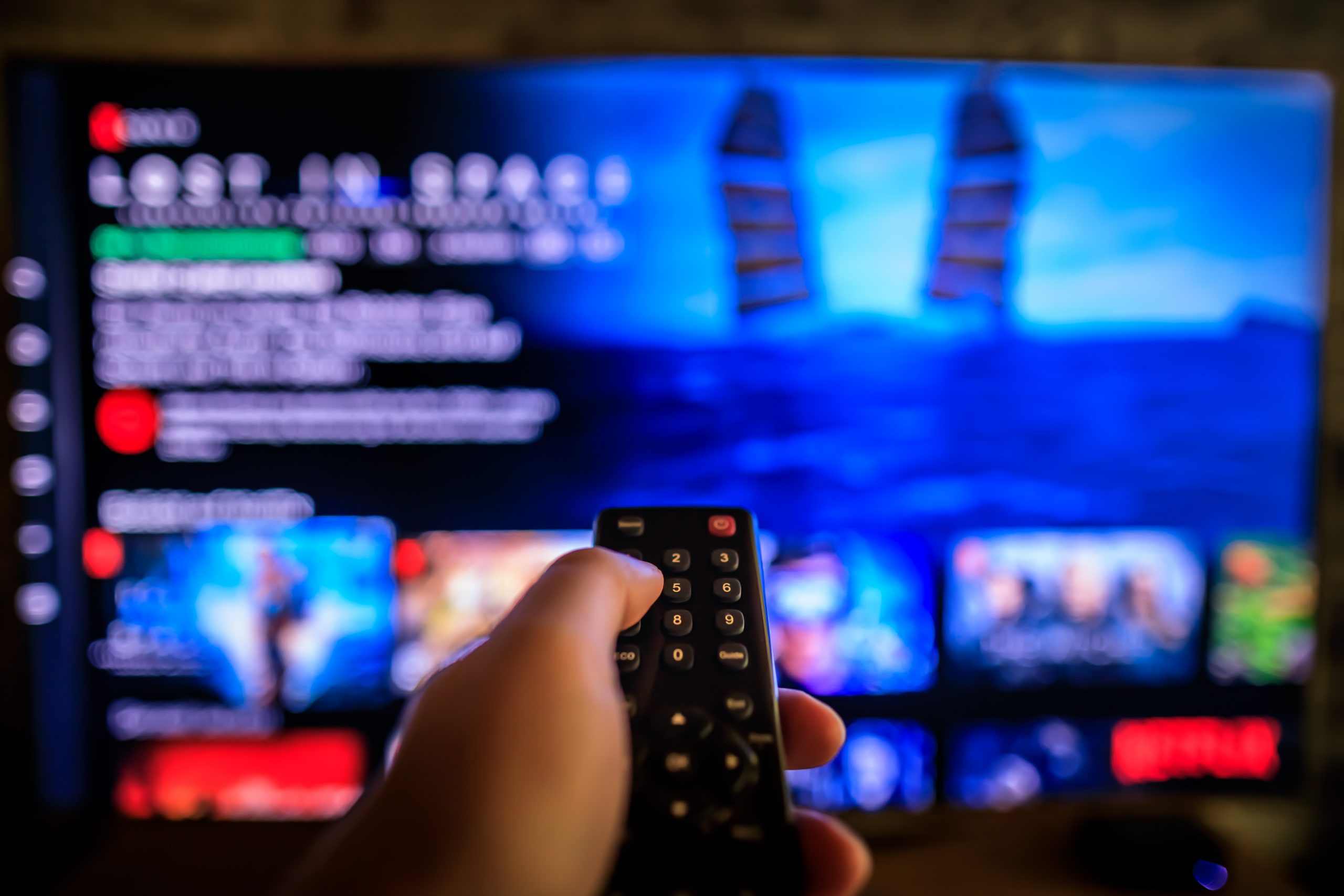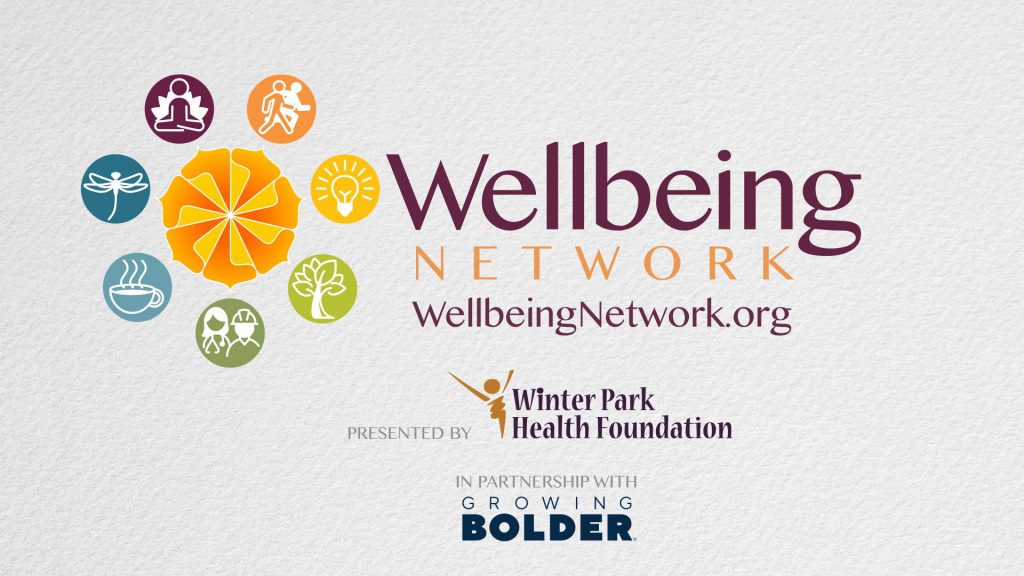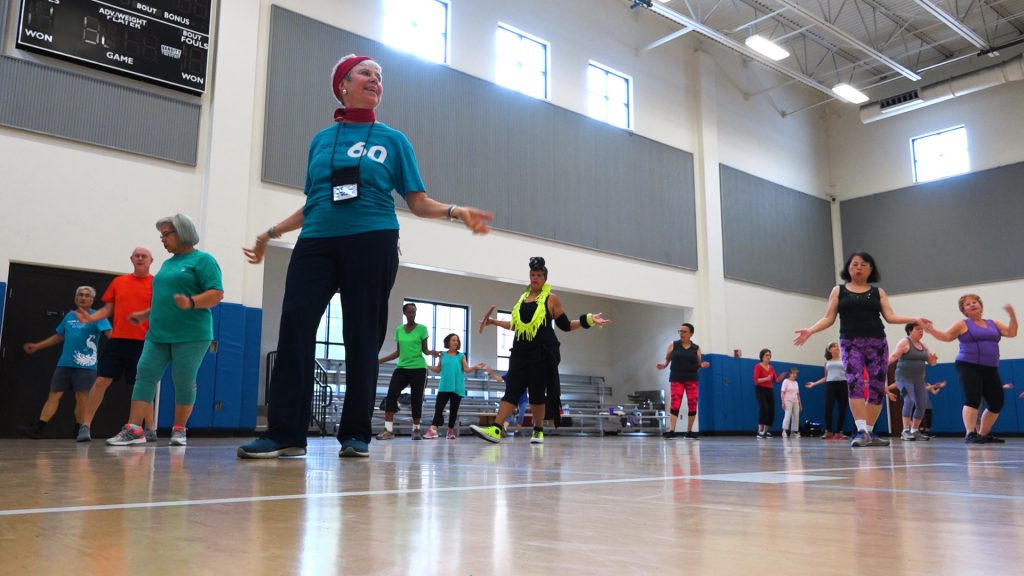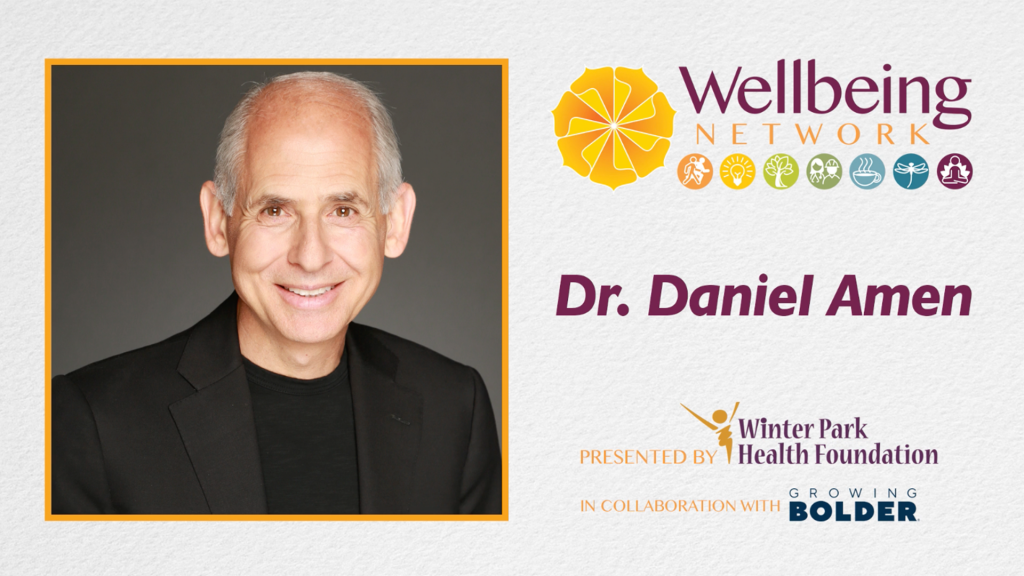The Hidden Messages in Your Favorite TV Shows: Uncovering Hollywood, Health and Society
Posted June 9, 2021 | By admin

As I scroll through tonight’s primetime television lineup, I imagine future viewers watching these same episodes as re-runs. It will be pretty easy to spot shows filmed during 2020-2021; many of the characters are wearing masks. In fact, the COVID-19 pandemic has been woven into the plot lines of most current TV shows. The Resident’s writers inserted a scene in which the show’s doctors diagnosed their first COVID case, while Chicago Med depicted providers’ struggles with pandemic-related burnout. It would be easy to assume that this is a case of art imitating life. However, as a professor who teaches health communication at Rollins College in Winter Park, Florida, I know that there is something a bit more strategic going on here.
Entertainment education (EE), sometimes known as edutainment, is a health promotion strategy that uses engaging storylines to persuade viewers to make healthier choices. In fact, the media we consume often contains hidden messages designed to improve our health. Most likely, the health-related plotlines that you see on your favorite TV shows the product of collaborations between writers, doctors, researchers, and public health professionals who are hoping to teach you a lesson.
Sometimes, programs are designed primarily for EE initiatives. For instance, Sesame Workshop has created children’s programming to tackle health issues across the world, including hygiene, road safety, systemic racism, trauma, and now, COVID. In South Africa, the long-running television series, Soul City, was created to teach about health issues. These issues include maternal health, violence prevention, and financial literacy. The Johns Hopkins Center for Communication Programs incorporates EE principles in radio, television, social media, games, music, and comic books to address health challenges across South and Central America, Africa, and Southeast Asia.
More often, however, health messages are simply inserted into the hottest shows on TV. In fact, researchers with USC Annenberg’s Hollywood, Health, & Society program have likely worked on some of your favorite programs, including How to Get Away with Murder, Pretty Little Liars, Elementary, Madam Secretary, Manifest, The Office, Bones, and Glee. Each year, the organization’s Sentinel Awards recognize “exemplary achievements in TV storylines that inform, educate and motivate viewers to make choices for healthier and safer lives.” So, while television writers are currently incorporating messages about mask-wearing, social distancing, and vaccination into their plots, this is only the most recent application of a long-standing public health strategy. But how, exactly, does EE work to change the way you think about health?
Your Brain on EE
In 2014, a team of researchers from the USC conducted an experiment. They wanted to know if they could develop a more effective way to teach Latinas about the importance of getting screened for cervical cancer. So, they recruited study participants and had them watch one of two videos: an informational video about cervical cancer or a television-style episode, the Tamale Lesson. In this video, a Mexican woman teaches her mother, grandmother, and younger sister about pap smears using an uncooked chicken carcass and a tamale wrapper. My college students typically look quite faint when I screen this video in class. The researchers found that participants who viewed the Tamale Lesson were more likely than the other participants to get a pap smear in the next six months.
So, what makes video tools like Tamale Lesson so effective? Health communication researchers theorize that three factors explain the success of EE:
- Parasocial relationships: Viewers develop attachments to characters. They begin to view these characters as pseudo-friends; people they can trust.
- Identification: Viewers temporarily see the world through a characters’ eyes, adopting a new perspective.
- Narrative transportation: Viewers get “swept away” in a storyline, becoming emotionally invested in what happens to the characters.
Together, these factors make up the entertainment overcoming resistance model, which suggests that viewers who otherwise would have totally rejected a health-related message—like the message to get vaccinated—will be more likely to consider this behavior if their favorite character either decides to get vaccinated or refuses and gets ill.
EE and Messages about Brain Health
EE doesn’t just support your intellectual wellbeing by helping you learn. Its principles have also been used to support intellectual wellbeing by teaching viewers about brain health. For example, Hollywood, Health, and Society awarded a 2020 Sentinel Award to NBC’s television show, This is Us. The show’s writers created a multi-episode storyline in which the Pearson family’s matriarch, Rebecca (Mandy Moore), is diagnosed with Alzheimer’s disease. Viewers learn about what symptoms to look for, what treatments might be available, and how they might protect family members from harm.
More importantly, however, This is Us shows how Alzheimer’s disease affects family dynamics. For instance, in this scene, Rebecca’s son, Randall (Sterling K. Brown), struggles to persuade his mother to seek help for her declining cognitive state. In another scene, Rebecca discloses her diagnosis to her daughter, Kate (Chrissy Metz). Finally, in this scene, Rebecca confides in her daughter-in-law, Beth (Susan Kelechi Watson). She describes how her family members’ overprotectiveness threatens her identity as a wife and mother. In her speech at the Sentinel Awards, actress Mandy Moore noted that these scenes were developed in collaboration with experts from Hollywood, Health, and Society to provide viewers with an accurate account of life with Alzheimer’s.
So, as you settle in for your own evening of primetime TV viewing, keep an eye out for other examples of hidden EE messaging. You just might learn something!
About the Author

Sarah Parsloe is an assistant professor in the department of Communication at Rollins College in Winter Park, Florida, where she teaches classes on interpersonal communication, health communication, and public relations. Her research examines the ways in which people make sense of identity threats that arise from experiences of disability and chronic illness, including uncertainty, stigma, and prejudice against people with disabilities (ableism). She is particularly interested in studying the communication processes of (self-)advocacy. Parsloe holds a Ph.D.D in Communication from Ohio University. She has also co-authored a book with Dr. Patricia Geist-Martin entitled Falling in Love with the Process: A Stroke Survivor’s Story.
Take Your Wellbeing a Step Further with These Related Resources from the Wellbeing Network
Learn: How 2020’s Stressors Are Affecting Community Health
Engage: May is Stroke Awareness Month: This Book Explores Stroke Recovery and Resilience
Inspire: The Power of Curiosity



